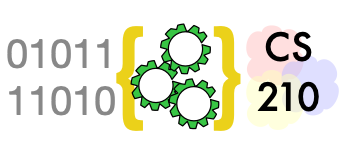Designing and Building Functions in Python#
As we discussed in the prior chapter, controlling complexity is the main challenge in programming, and functions are one of the primary ways we can decompose complex programs into brain-size chunks.
In this chapter we will take a deeper dive into functions in Python: How they work, how to write and test them, and how to design them. The last part, learning to design good functions that are useful, readable, testable, and maintainable, is most challenging. We will not master it in a week or in ten weeks, not even in ten years. Like learning to play a musical instrument or cooking or playing a sport, one can spend a lifetime improving, expanding, and refining technique. Our shorter term objective is to establish a basic level of competence to begin.
We begin with a brief look at the mechanics of functions. This includes the syntax for writing a function header, and a few basic rules that they should conform to. Most importantly, you must understand how formal arguments and other variables that are local to a function relate to variables outside the function. This is called scope.
With those mechanics in hand, we can make our first (and certainly not our last) foray into function design. We will look at some basic guidelines that (almost) all functions should follow. We will also look at testing functions, and writing documentation that is useful for users and maintainers of functions. We might refer to these as guidelines for function hygiene.
Basic hygiene helps us avoid some harmful practices. We would like to go farther and learn to design really well-chosen, useful, even elegant functions. How do we choose functions? Of all the ways we could decompose a complex problem into smaller, simpler sub-problems, what makes some better than others? Our first steps toward grasping these deeper issues are best taken in the context of a project.
The project illustrates Monte Carlo simulation, an important computational technique that is applied in fields from games to biology, ecology, and economics. The project documentation also walks you through the thought process of decomposing a project into smaller parts and choosing an order in which to build and test those parts. Decomposing problems and composing solutions is a core computational thinking skill that you will use and refine as long as you are solving problems with computational techniques. It can also be useful to you in other problem-solving domains.

